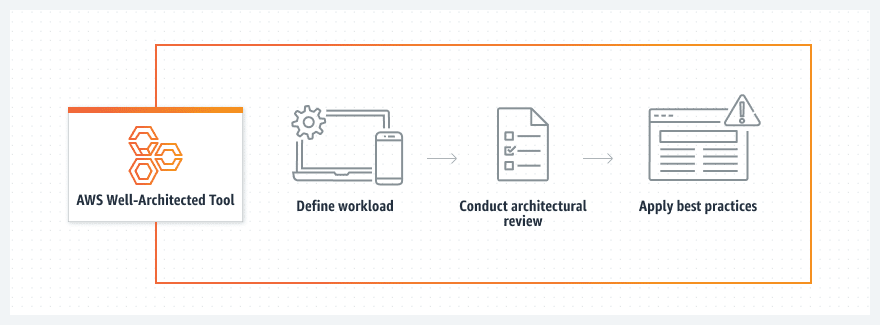Reliability is Key
The point of abiding by the Well-Architected Framework (WAF) is to make an AWS environment more cost-effective, capable of dealing with the peaks and troughs of traffic, adjusting to new security needs, and summarily being able to recover from unpredictable shortcomings. Even if they are not centered specifically around physically working in the environment, these factors do need to be taken into full consideration. Check out our best practices page for more information on the pillars of WAF and the objectives that they outline for developers.

Leaving Out Stakeholder Involvement
As menial as it might sound, all teams that might be even remotely involved should be keyed in on design aspects. This includes the developers, operations, security, and business leaders. From buy-in to launch, the end goals will dictate all of the design aspects and how those specific objectives will be dictated, and not giving all team members the whole picture could result in a lack of proper direction. Obviously, poor coordination between all involved parties and no overall vision would be detrimental to the development of a project.
Lack of Understanding the Business Needs
In tangent with the previous topic, another point of contention in regard to designing a well-architected environment is not understanding what business objectives need to be reached and how they align with the design aspects of the architecture. Especially relating to the development team, members need to understand what the goals are and what needs to be built to accomplish those goals. Too much time spent in the dark on how certain objectives are approached could result in the construction of functionality that either does not optimally reach those goals or accomplishes ends that are completely irrelevant to the established objectives.

Failing to Regularly Review and Update
Unfortunately, establishing an AWS environment is not a one-and-done activity. While most basic functions can be automated, the environment will still need regular maintenance and inspections to ensure that it continues to meet compliance requirements and other pillars of best practices. Leaving software unattended can result in a lack of proper updates and vulnerabilities to steadily crop up until issues exponentially compound. Even with these functions automated, it should still be considered a priority to verify the updates have not negatively impacted the environment.
Using Automation Fully
AWS’s key feature is the automation of certain menial maintenance tasks to allow developers to more closely focus on innovating with new features and design aspects. Additionally, automating when and how an application scales can help deal with an influx of customers, allowing the environment to keep its stability and save on funds spent having instances active. Not utilizing automation can also lead to errors, such as making copies of data across different environments in multiple availability zones.
Cost Optimization and Security
While saving on unnecessary resources is a big draw for AWS, it should not compromise the need for performance or security. Reliability and security can easily encompass half of the pillars of a well-architected framework and are necessary components to meet these standards. Counterwise, environments should not burn holes into the monthly bill unnecessarily. This is just a balance that developers will need to discover on their own as the balance does vary on a case-to-case basis depending on the business model being applied.
Maintaining Each Pillar
Because of how disastrous these mistakes can be, it is highly recommended that developers search out a third party that can help verify that their environment meets the best practices and standards set out by the WAF pillars. Since we at AllCode are AWS Select Certified, our services also include a full review of an environment to ensure that it continues to meet these outlined standards. For more information on this matter, feel free to look at our offering on the AWS Marketplace.
